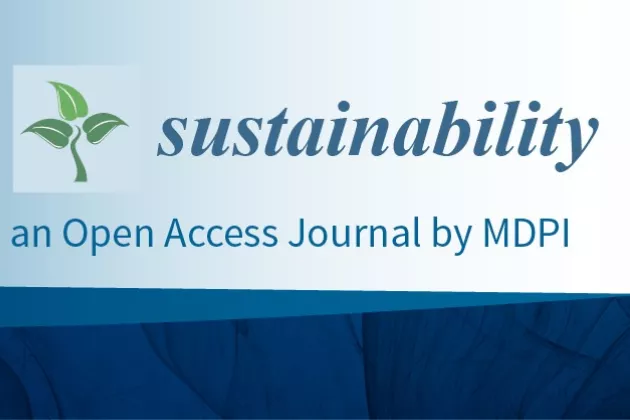"Macroecological Predictors to Determine Future Refuges of Luciobarbus Species in the Tigris–Euphrates Basin: Rethinking Conservation Strategies and Management"
Abstract
Freshwater ecosystems, being highly susceptible to the impacts of climate change, experience a greater influence than terrestrial and marine ecosystems. Hence, by identifying the regions that will be most affected by climate change in the future, managers can implement more efficient and effective measures to protect them. In this study, we utilized six Luciobarbus species residing at the southernmost boundary of their global distribution as a representative species model.
We aimed to evaluate the influence of climate change on the distribution of these key species to identify potential future climate refuges within the Tigris–Euphrates basin and use the richness mapping method to determine the most critical driver of their richness pattern for high-priority conservation.





